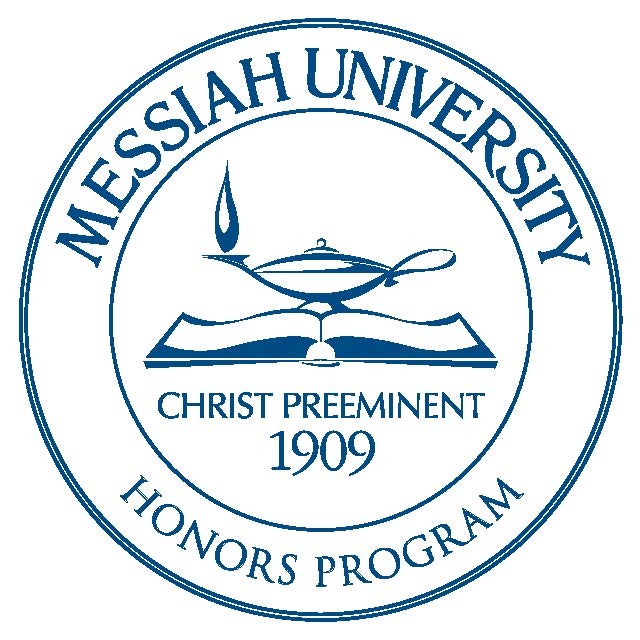Date of Award
2013
Document Type
Thesis
Department
Biological Sciences
Abstract
Trichoptera are a silk spinning order of stream macroinvertebrates that play an important role in stream ecosystems. Commonly used in metrics used to evaluate water quality and stream health, Trichoptera are a valuable source of information, and as such the most detailed understanding of them available is desirable. This project sought to achieve better understanding of how physiochemical parameters affect Trichoptera populations. Since geology is a key determinant of physiochemical factors in streams, Trichoptera populations were sampled from a limestone stream, a sandstone stream, and the mix zone where the two streams converged in order to determine if the differing physiochemical habitats affected the community structures. Collections and environmental sampling took place throughout the late summer to early spring, and gut analysis of three Hydropsychidae genera were conducted to detect food preferences. General Pearson-Correlations were used to examine preferences among genera for physiochemical parameters and revealed that free-living Hydropsychidae were positively correlated to certain chemical parameters while case building Glossosoma had negative correlations to numerous chemical parameters. Analysis of rock pick samples showed a preference from Hydropsychidae for larger surface areas. Overall populations were significantly larger in the fall. Gut analysis revealed that more animal content was found in Hyrdopsyche as compared to the other two genera, and less plant material was found in Cheumatopsyche. These findings reveal practical insights into the ecology of Trichoptera based on physiochemical parameters and food preferences.
Recommended Citation
King, Lindsay and Erikson, Jeff, "Physiochemical Parameters Affecting Trichoptera Communities in Limestone and Sandstone Streams" (2013). Honors Projects and Presentations: Undergraduate. 164.
https://mosaic.messiah.edu/honors/164


